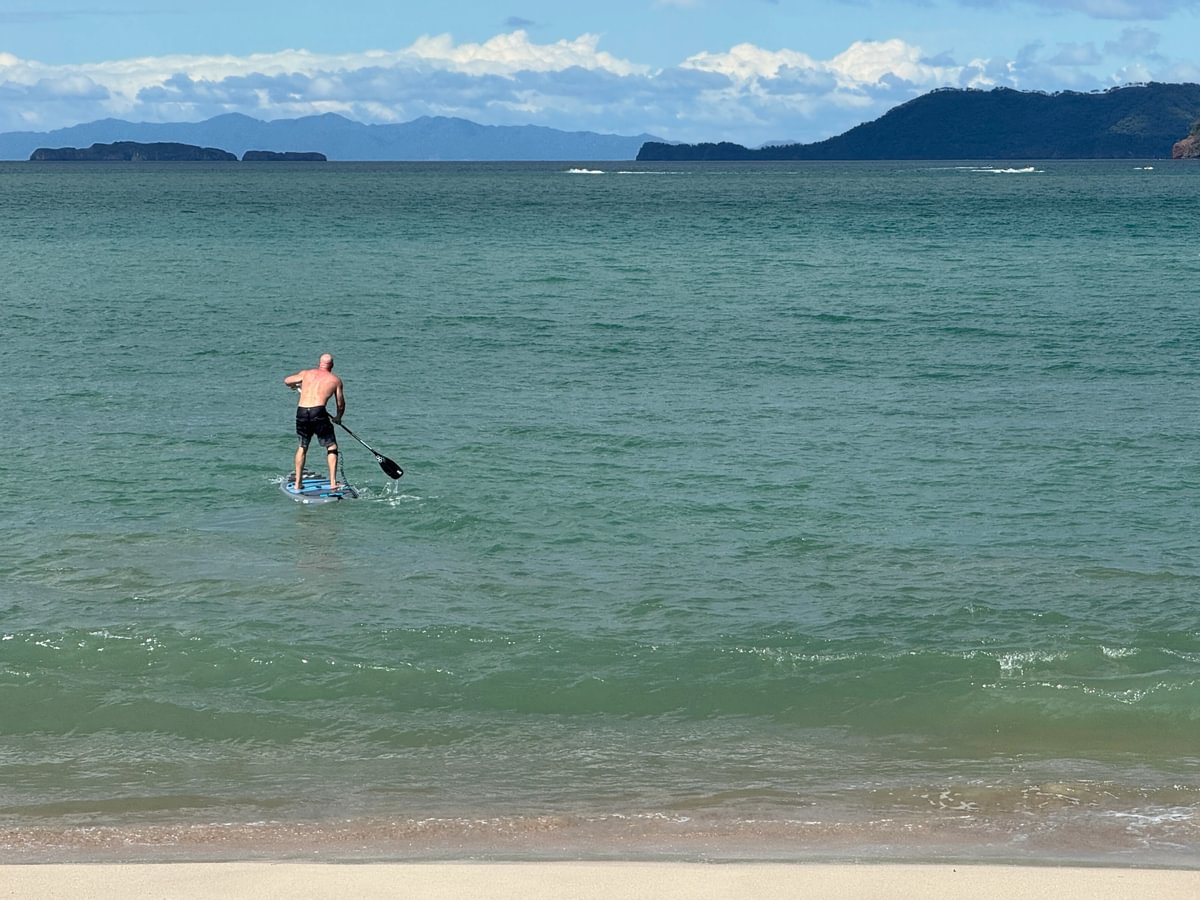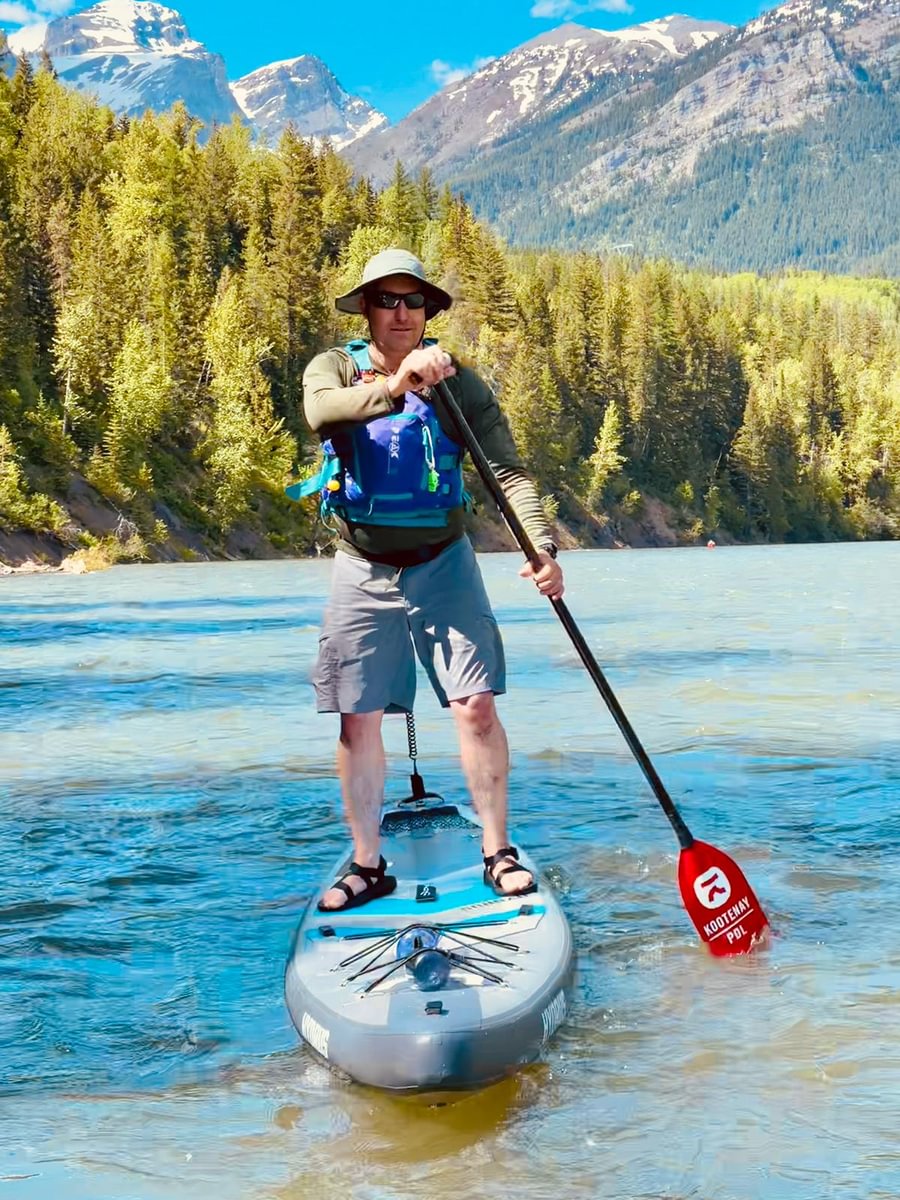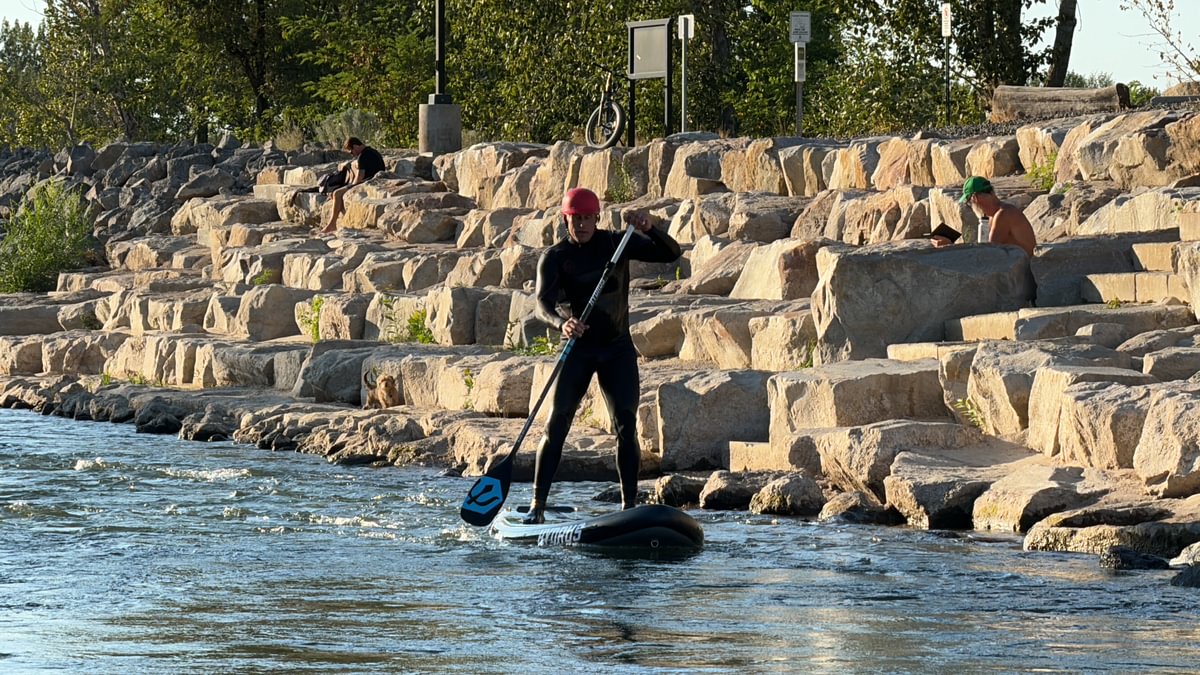Don’t Fight the Flow: A Beginner’s Guide to Tides, Currents & Paddleboarding Like a Pro

Welcome to Paddle Season—Let’s Talk Water Movement
So, you’ve got your board, your paddle, and that unstoppable urge to hit the water. If you’re still deciding which board is right for you, check out our Sup Board Guide Size first. But if you’re paddling in the ocean, a bay, or even a tidal river, there’s one factor that can make or break your experience: navigating tides and currents.
At Hydrus, we’ve seen it all—joyrides that turned into slog-fests, and peaceful paddles that got swept into unexpected places. We’re here to make sure you start this season informed, safe, and totally stoked for your next session.
What Are Tides and Currents, Really?
Let’s break it down without the science-y overwhelm.
-
Tides are the predictable rising and falling of ocean water caused by the moon’s gravity. Most coastal areas experience two high tides and two low tides each day.
-
Currents are the actual flow or movement of water. Some are tide-driven (like in estuaries or harbors), some are wind-driven, and some are due to river flow or ocean patterns.
If you’re new to paddleboarding, this can feel like a lot, but think of it like this:
Tides tell you WHEN the water will be moving. Currents tell you WHERE it’s going.
Why Should Paddleboarders Care About Tides and Currents?
Knowing how to work with the water, not against it, can:
✅ Make your paddle easier and more efficient
✅ Keep you safe in new or unpredictable conditions
✅ Help you plan your route like a seasoned pro
✅ Ensure you actually get back to your starting point (yep… we’ve seen it happen)
The Risk of Not Knowing: A Quick Reality Check
We’ve talked to a lot of paddlers who’ve shared things like:
“I paddled out and didn’t realize the tide was pulling me out to sea.”
“Coming back upstream was brutal. I had no idea the current would be that strong.”
And honestly? These are preventable situations. That’s why understanding even just the basics of tides and currents can be a total game-changer.

How to Check Tides and Currents Before You Paddle
You don’t need to be a sailor or scientist to do this. You just need a quick pre-paddle habit.
🧭 Favorite Tide Apps & Tools:
-
NOAA Tides & Currents (great for U.S. locations)
-
Windy.com – maps tides, winds, currents, and forecasts
-
Apps like Tide Alert, PredictWind, or Tide Charts Near Me
🗺️ Key Terms to Know:
-
High tide – Water level is at its peak
-
Low tide – Water level is at its lowest
-
Flood tide – Water is coming in
-
Ebb tide – Water is going out
-
Slack tide – Minimal water movement (the easiest and safest time to paddle!)
How to Plan Your Paddle Around the Tides
Here’s a simple rule that’ll save you a ton of effort:
👉 Start by paddling against the flow—so when you’re tired and ready to come back, the tide or current helps you home.
Example:
Let’s say you’re paddling in a bay and the tide is coming in (flood tide). You want to:
-
Start your paddle heading against the tide (toward open water)
-
Return with the incoming flow (back to your launch)
That’s like upgrading your return trip to cruise control.
Reading the Water Like a Local
Not all bodies of water behave the same. Here are some tips to get a feel for your surroundings:
-
Observe the waterline before launching. Is it moving rapidly? Are there whirlpools, ripples, or debris moving fast?
-
Ask other paddlers or locals, chances are someone nearby has great tips.
-
Use landmarks to keep your bearings. If that dock is drifting away in your view, you’re definitely in a current!
Where It Gets Tricky: Danger Zones to Watch
Some spots need a little extra respect.
-
🌊 Harbor mouths & inlets: These can have fast-moving, narrow currents that can sweep you off course quickly.
-
🌬️ Wind against tide: If the wind blows one way and the tide flows the other, it creates choppy water and harder paddling.
-
🏞️ River mouths during snowmelt or heavy rain: Flow rates can change drastically.
-
🌑 Full and new moons = stronger tides (called “spring tides”)

Gear That Makes a Difference
Even with the best knowledge, it helps to be prepared. Here’s our go-to kit for paddling in tidal areas:
-
✅ Quick-release leash (especially for rivers or moving water)
-
✅ PFD (personal floatation device) preferably with a whistle
-
✅ Waterproof phone case and tracking app (like Strava or GeoZilla)
-
✅ Dry bag for your essentials (snacks, sunscreen, keys, first aid)
-
✅ Tide watch if you want to level up your water awareness
Bonus Tip: Practice on a River First
Want to get a feel for paddling with and against water flow? Try a mellow river session.
-
Paddle upstream first
-
Turn around and enjoy the flow on the way back
-
Watch how debris or bubbles move on the water surface, it helps you visualize the current direction

Let Nature Be Your Teammate
At Hydrus, we always say, you’re not fighting the water, you’re learning to move with it. There’s something super empowering about reading the rhythm of the tides and using it to your advantage. It’s like unlocking a secret language of the water.
So before your next paddle, check your charts, talk to a local, and remember:
A little prep makes for a whole lot more fun.
Ready to Ride the Tide?
If you’re new to paddleboarding, we’ve got your back. From choosing the right gear to knowing when to launch, we’re all about helping you feel confident and inspired on the water.
Have a question about a specific location or condition? Drop us a message. The Hydrus crew is always down to chat boards, currents, and everything in between.

About the Author
Angela Nichole leads customer experience and creative direction at Hydrus Board Tech. A CrossFit and yoga instructor with a background in functional fitness and wellness, Angela writes to empower paddlers of all levels. With a passion for movement, community, and quality gear, she brings a grounded and inclusive voice to the Hydrus blog. Get to know Angela here.




Leave a comment